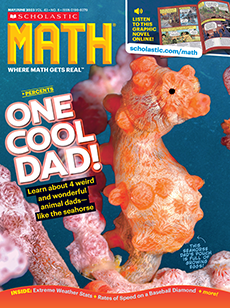The temperature is a crisp 10 degrees Fahrenheit. An imposing 8-foot cube of snow sits in front of Heather Friedli, Juliana Welter, and Maggie Thompson. The judges blast a horn, and the women rush toward the cube and start carving. Over the next 56 hours, they will transform their block into a magnificent sculpture! Together, they are Team Kwe—the only all-women Indigenous snow sculpting team in the U.S.
Every winter, Team Kwe enters snow sculpting competitions in their home state of Minnesota. They call what they do an art-sport, and it gets intense. “It’s an extreme sport. You have to be ready physically and mentally,” says Friedli.
It’s a winter day in Minnesota. The temperature is just 10 degrees Fahrenheit. Heather Friedli, Juliana Welter, and Maggie Thompson are outside in the freezing weather. A towering 8-foot cube of snow sits in front of them. A starting horn blasts, and the women rush toward the cube and start carving. Over the next 56 hours, they will transform the snow into a sculpture!
The three women are a team of snow sculptors. They call themselves Team Kwe. Every winter, they enter snow sculpting competitions in their home state of Minnesota. They’re the only all-women Indigenous snow sculpting team in the U.S.
Team Kwe calls what they do an “art-sport.” Competitions can get intense. “It’s an extreme sport,” says Friedli. “You have to be ready physically and mentally.”
